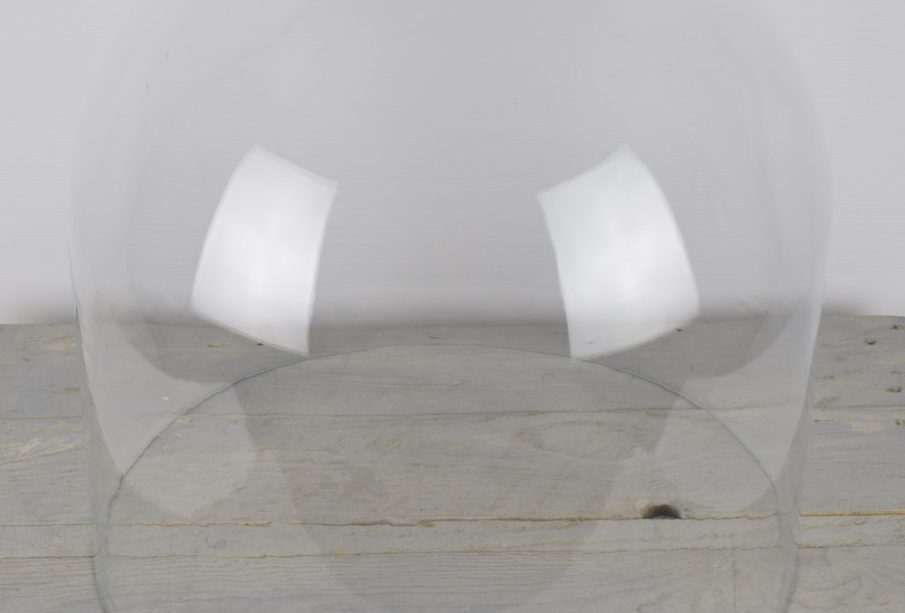Exploring the Significance of The Glass Dome in Architecture

Introduction
The glass dome has emerged as an iconic architectural element that transcends time and empowers modern constructions with beauty and functionality. Often characterized by its transparent nature, the glass dome allows for natural light to illuminate spaces, enhancing both aesthetic appeal and energy efficiency. Its relevance in today’s architectural designs speaks to sustainability and innovative construction techniques, as buildings seek to blend with natural landscapes while offering modern amenities.
The Rise of Glass Domes
Historically, domes date back to ancient Roman architecture, but the introduction of glass as a primary material transformed the concept entirely. One of the early notable uses of glass domes can be traced back to the Crystal Palace, built for the 1851 Great Exhibition in London. This structure showcased the versatility of glass in construction and paved the way for future designs.
In recent decades, glass domes have gained prominence in both residential and commercial architecture. Projects such as the Louvre Pyramid in Paris and the Eden Project in the UK stand as testament to this trend, blending traditional dome structures with advanced materials and technologies.
Modern Uses and Benefits
Today, glass domes are primarily used in museums, shopping centers, and public buildings due to their ability to create open, engaging environments. The translucence of glass allows for increased natural light, which is known to improve mood and productivity among occupants. Additionally, without the claustrophobic constraints of solid ceilings, glass domes provide an expansive feel to otherwise limited spaces.
From a sustainability perspective, many modern glass domes are designed with energy efficiency in mind, incorporating advanced glazing technologies that provide insulation while allowing sunlight to warm the interiors. This results in decreased reliance on artificial heating and lighting, aligning with today’s focus on environmentally conscious building solutions.
Challenges and Innovations
Despite their many advantages, glass domes also face certain challenges. Issues such as temperature regulation and glare necessitate careful design considerations. However, innovation in materials—like double and triple-glazed glass—has greatly improved performance, making glass domes more viable in various climates.
Conclusion
The glass dome represents a synthesis of art and science, showcasing how architectural elements can evolve to meet modern needs. As trends move towards sustainable design, the glass dome is poised to remain a prominent feature in both public and private spaces. Its versatility continues to inspire architects and builders to imagine structures that harmonize with their surroundings while providing functional, inviting environments. By embracing this dynamic architectural feature, we can look forward to a future that celebrates both beauty and sustainability in design.









